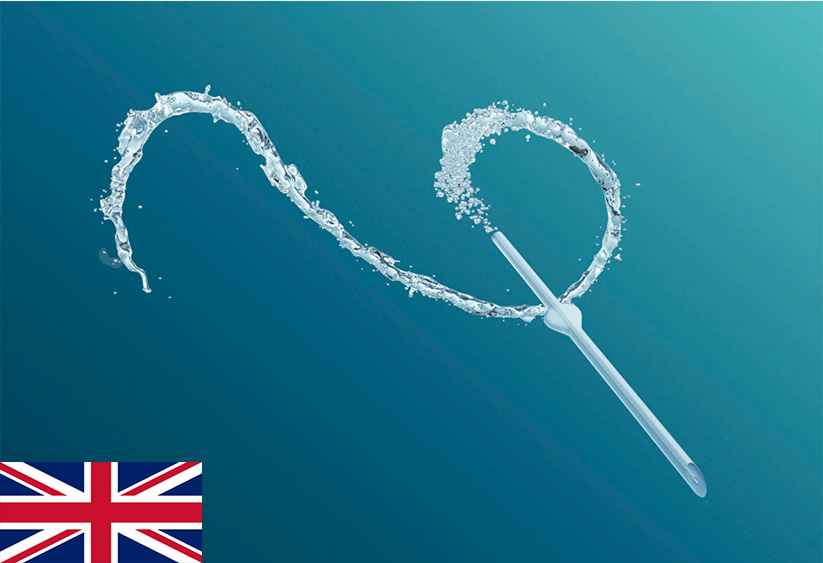Preserflo MicroShunt Cost in UK
The Preserflo MicroShunt is a small, flexible drainage implant designed to lower intraocular pressure (IOP) in patients with moderate to severe glaucoma. It is considered a modern alternative to trabeculectomy, offering a predictable pressure-lowering effect with a simpler and less invasive procedure.
Average Preserflo MicroShunt Surgery Cost in UK
The cost of Preserflo MicroShunt surgery in the UK varies based on hospital type and whether the procedure is covered by the NHS:
-
NHS Treatment: Available for qualified patients at no direct cost.
-
Private Hospitals: The average cost ranges between £3,500 – £5,000 per eye, depending on facility fees, surgeon experience, and follow-up requirements.
Procedure and Recovery
Preserflo surgery usually takes less than 30 minutes and is performed under local anaesthesia. The implant creates a controlled drainage channel to keep eye pressure at a safer level. Most patients experience rapid recovery, returning to light activities within a few days.
Explore the cost differences in U.K. glaucoma treatment and see how Preserflo compares.
Benefits of Preserflo MicroShunt
-
Consistent IOP reduction: Designed to achieve a stable pressure level
-
Minimally invasive: Less tissue disruption compared to trabeculectomy
-
Lower complication rate: Reduced risk of scarring and leaks
-
Improved patient comfort: Faster healing and fewer post-op visits
Ideal Candidates
Preserflo is ideal for:
-
Patients with moderate to severe open-angle glaucoma
-
Individuals requiring significant IOP reduction but not suitable for MIGS alone
-
Patients seeking a safer alternative to conventional filtering surgery
Risks and Considerations
Although Preserflo has a strong safety profile, potential risks include:
-
Hypotony or over-filtration
-
Need for needling procedures to maintain flow
-
Rare risk of infection or implant exposure
Long-Term Outlook
Studies show that Preserflo can deliver sustained IOP control for several years, reducing reliance on medications. Continued monitoring is necessary to ensure long-term success and maintain healthy optic nerve function.




